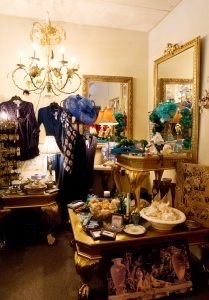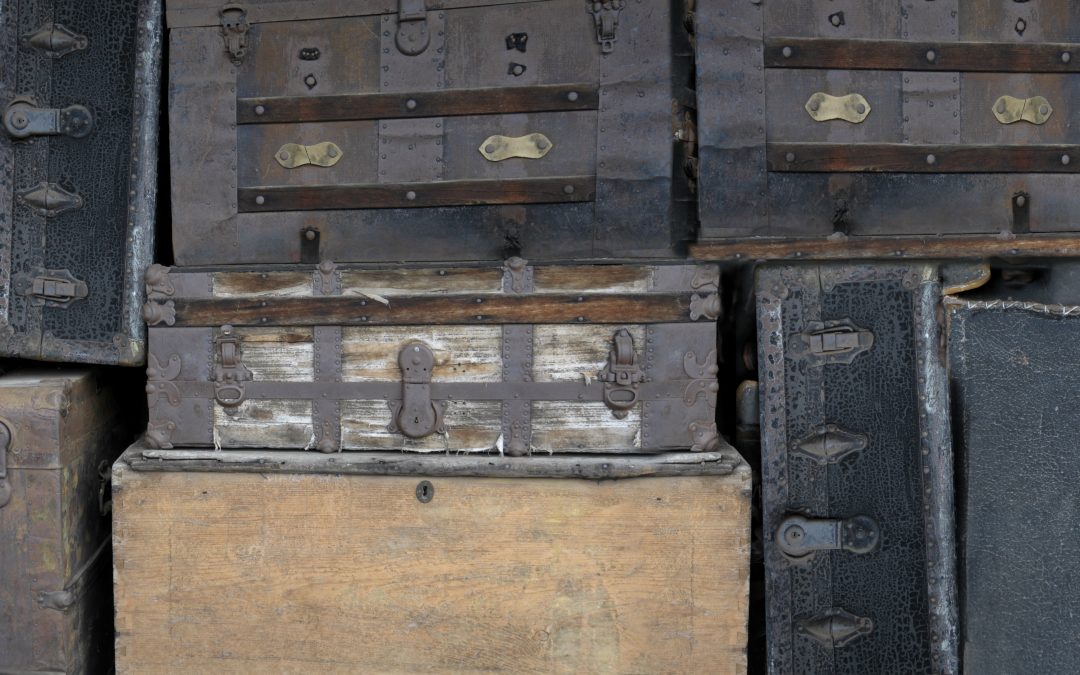By DEBORAH G. SCANLON
Growing up in a house full of family antiques, I’d assumed that they would always be cherished—and valuable. The chest that was in my father’s living room had belonged to an ancestor in the early 1800s. Wouldn’t family members, not to mention museums, battle for it? No, it turned out that it was fragile and needed repairs; no one wanted it.
 As many of us deal with family estates, we are also faced with the trend of downsizing. Some baby boomers are moving into condos and smaller homes, and the tiny house movement is blossoming across generations. What to do with all that furniture?
As many of us deal with family estates, we are also faced with the trend of downsizing. Some baby boomers are moving into condos and smaller homes, and the tiny house movement is blossoming across generations. What to do with all that furniture?
First of all, find an appraiser who can set a value for it. Michael Kasparian (who is also president of the Falmouth Chamber of Commerce), has a degree from the Art and Antique Appraisal Program at the Rhode Island School of Design and enjoys appraising antiques in his spare time.
Mr. Kasparian can do a full-blown written appraisal or value estimation. For example, he could take a quick look. “These 10 to 12 items have value. The rest, no.” Then he would estimate what you might get.
For a written appraisal, he’d go to the home and appraise the items. “You can’t just pull a number out of a hat,” he noted. It has to be a “defensible estimate of value that could stand up in court or to the IRS.”
He refers people who wish to sell their antiques to auction houses such as Eldred’s in Dennis or Sandwich Auction House, both of which he considers “highly reputable.” Auction houses such as these offer a range of services, from providing verbal appraisals on a few items that you bring to their galleries, to coming to your home, appraising for estate and insurance purposes.
Mr. Kasparian, who has done appraisals for Highfield Hall and some of the Woods Hole scientific institutions, says “provenance is important—history that can be proven. If the item was made by someone famous or owned by someone famous. For example, an 18th century tea table from Newport might be worth $700 but if it was made by Goddard it could be worth $70,000.”
Some things are not worth what we’d think. For example, Mr. Kasparian has Persian rugs that he figures are now only worth about a quarter of what he paid for them.
People are sentimental when they look at an old family item. But just because it is old it doesn’t mean it is worth anything. “An old clock is just an old clock unless it is a Willard, for example,” Mr. Kasparian said.
He points out that dining room sets have the least amount of value: “Houses now have wide open areas with no dining room, and families don’t sit down for dinner as much as they used to.” China is not as valuable as it used to be, and silverware might be worth more melted down, he said.
Realtor Diane Salter, owner of Vincent Associates in Falmouth, has been involved in the sales of a lot of family estates over the years, and agreed that things have changed.
Ms. Salter sold a home recently that was full of Shaker furniture. When it became apparent that there were no buyers for the antiques, the owners decided to donate it to the Shaker Museum, which accepted the antiques.
But there is no guarantee that museums will take all antiques. If you find that your furniture is not worth very much, and museums aren’t interested, there are charities that will accept it. For example, furniture donations (new or used) are accepted at the Salvation Army, St. Vincent de Paul in Mashpee, and the Habitat for Humanity Restore shop.
Items like old coins and military items can be sold at Historical Antiques & Coins on Route 6A in Sandwich, which specializes in coins and currency, military artifacts, estate jewelry, pocket and wristwatches, and many other collectible items. They evaluate and buy a wide range of items, from autographs of famous people to sports memorabilia.
There might be a happy ending to my family’s antique chest. A restorer of antique furniture has it, appreciates it, and is hoping to find funds to restore it. Barrett Keating of North Falmouth reported that it is a Federal Period Hepplewhite Butler’s Desk, from about 1790 to 1810, made of solid mahogany and cherry.
Mr. Keating has 35 years of experience in restoring and appraising furniture and wooden objects. He noted the intricacies of placing a value on an antique.
There are many different values: market value, auction value, insurance value, estate evaluation and intrinsic value. But the most important, he said, is intrinsic.
“Intrinsic value in antiques is the most important value because it never goes away,” Mr. Keating said. “Forget about ups and downs; it doesn’t matter what the market value is. What matters is what it is made of and its place in history.”

